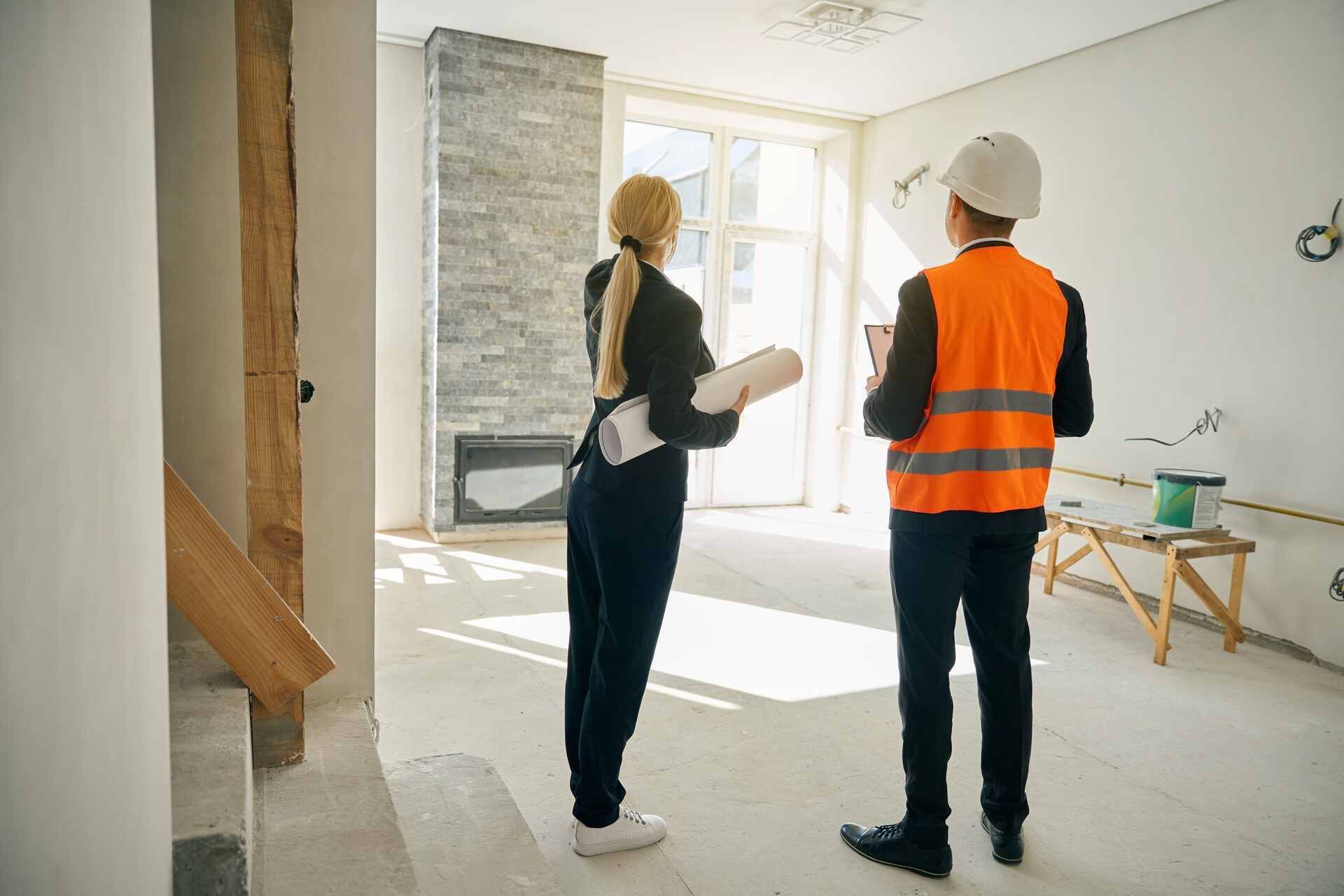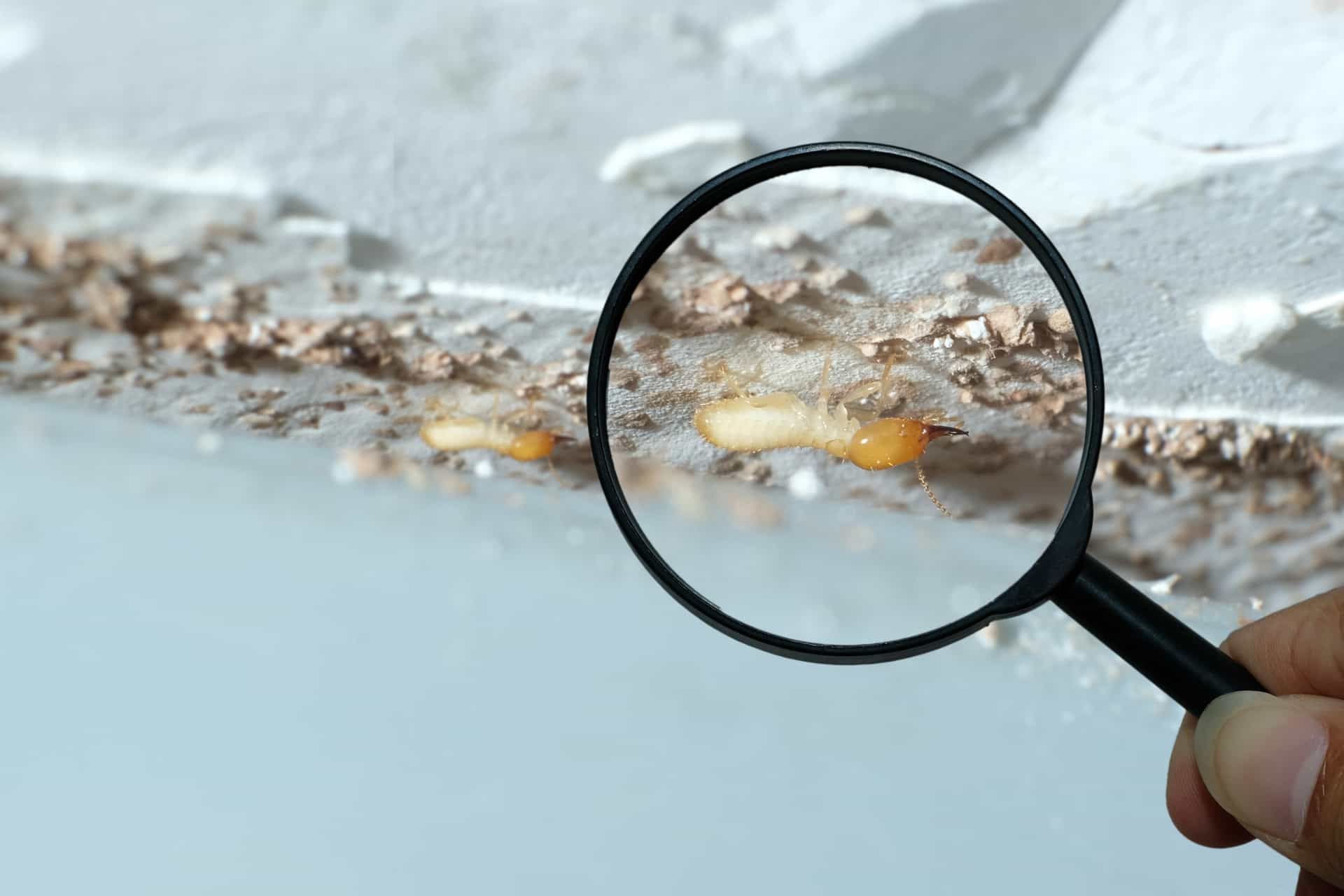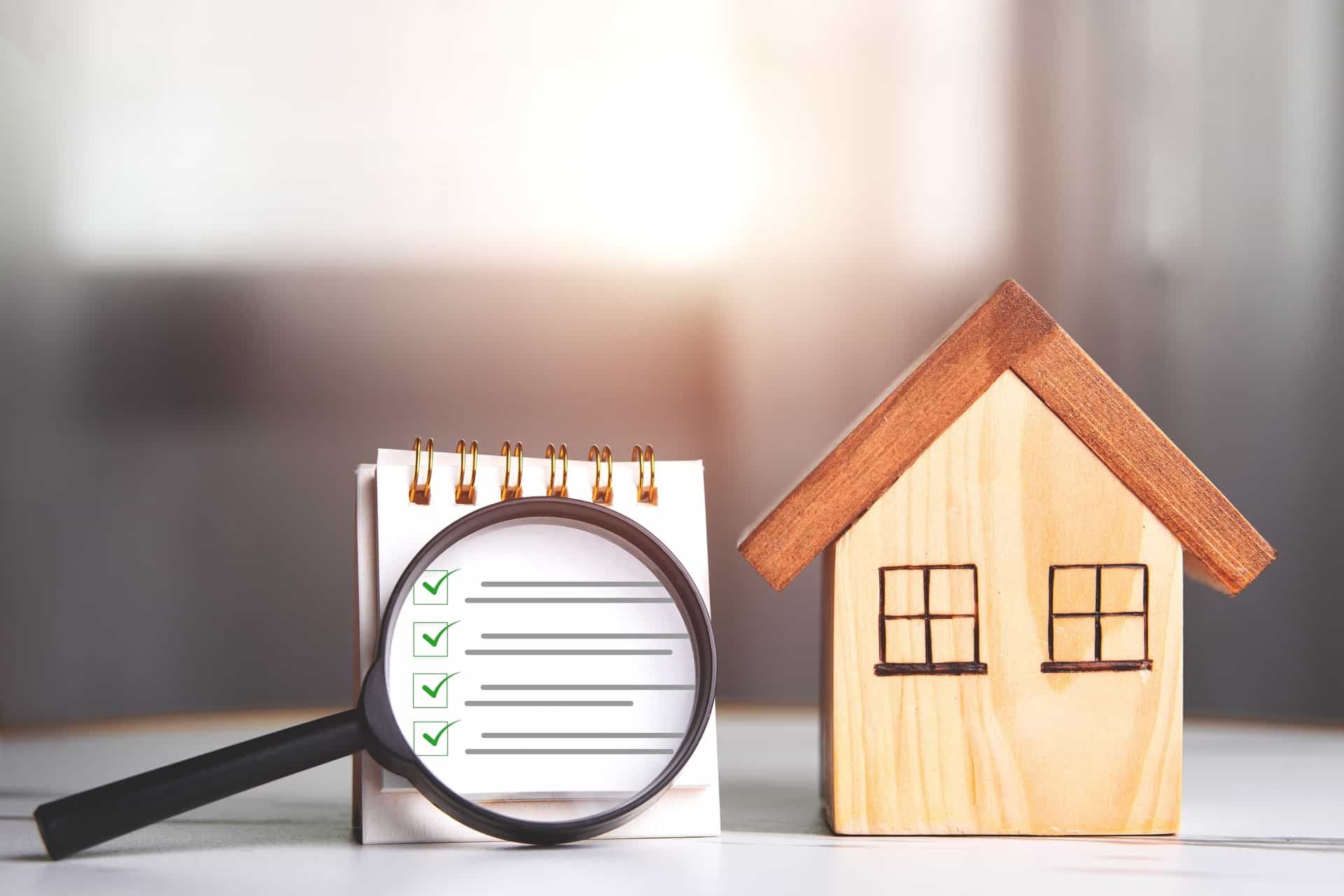Thermography in Home Inspections: Detecting Hidden Problems
The usual methods, like visual assessments, measuring tools, and basic testing equipment, are the norm when inspecting homes. However, these methods often miss out on detecting issues that are only sometimes visible. That's where thermography steps in – a state-of-the-art technology changing the game in home inspections by uncovering hidden problems.
Using infrared imaging thermography can show temperature differences that signal problems like water leaks, electrical issues, poor insulation, and structural defects. This article explores the importance of thermography in home inspections and how it uncovers issues that might otherwise go unnoticed.
What Is Thermography?
Thermography, also known as infrared imaging, is a technology that uses cameras to capture images of heat radiation emitted by objects. Unlike traditional cameras that capture light, thermal cameras detect heat energy, allowing inspectors to visualize surface temperature variations during home inspections.
These cameras work by picking up on the spectrum – to the naked eye but represented in color-coded images where different colors indicate different temperature levels. This advanced imaging method offers insights into a property condition without causing damage or needing invasive procedures.
The Role of Thermography in Home Inspections
1. Spotting Water Intrusion
An essential use of thermography in property inspections is identifying water intrusion. Water can lead to damage like mold growth, wood decay, and structural weakening.
Conventional inspection approaches might overlook concealed moisture, especially when trapped behind walls, ceilings, or floors. In contrast, thermography can identify temperature differences caused by water in dry areas.
Thermographic imaging shows areas where moisture exists since water absorbs heat differently from building materials. By pinpointing these spots, inspectors can locate leak sources, evaluate the extent of water damage, and suggest repairs to prevent problems.
2. Detecting Electrical Problems
Electrical
systems are another crucial aspect of property inspections that benefit from thermographic imaging. Electrical problems such as components, loose connections, and overloaded circuits can pose fire risks if undetected. Thermographic imaging enables inspectors to visualize temperature changes in panels, wiring, and connections by identifying spots that may signal potential issues.
Identifying issues at an early stage plays a vital role in preventing expensive repairs and ensuring the safety of buildings. It allows inspectors to suggest maintenance and repairs, reducing the chances of fires and equipment malfunctions.
3. Evaluating Insulation Problems
Proper insulation is crucial for preserving energy efficiency and comfort within a household. Inadequate or damaged insulation can lead to heat loss during winter and heat gain in summer, resulting in increased energy costs and decreased comfort levels. Traditional methods of evaluating insulation often involve cutting into walls or removing roofing sections.
Thermography offers a non-intrusive solution by detecting temperature variations caused by subpar insulation. Infrared images can pinpoint areas where heat is escaping or entering a building, enabling inspectors to evaluate the insulation in walls, ceilings, and floors. This information is invaluable for homeowners seeking to enhance energy efficiency and trim heating and cooling expenses.
4. Identifying Structural Issues
Structural defects such as cracks, voids, and weakened construction materials can jeopardize the stability of a property and pose safety hazards. Detecting these issues is essential for upholding the integrity of a home. While traditional inspection methods may not always uncover hidden flaws, thermography can offer valuable insights.
Thermography can detect temperature irregularities that signal potential structural issues by thermal imaging walls, ceilings, and foundations. These irregularities could indicate areas where heat is leaking out through cracks or where moisture is compromising the stability of the building materials. Identifying these problems early enables homeowners to tackle issues before they worsen and raise repair bills.
Benefits of Thermography in Home Inspections
1. Non-Invasive and Non-Destructive
A key benefit of thermography as an inspection method is its non-invasive and non-destructive nature. Unlike traditional approaches that may involve drilling holes or removing materials, thermographic imaging doesn't cause any harm to the property. This makes it a preferred option for homeowners and inspectors looking to evaluate a property's condition without causing a disturbance or additional expenses for repairs.
2. Thorough and Detailed Evaluations
Thermography offers a detailed property evaluation by revealing issues that might not be visible. Thermographic imaging provides insights into a property state by mapping out temperature variances on surfaces, enabling inspectors to pinpoint and resolve hidden problems effectively.
3. Early Detection of Issues
Spotting issues is essential to stopping them from developing into significant troubles. Thermal imaging allows inspectors to spot problems like moisture seepage, electrical issues, inadequate insulation, and structural flaws. This enables homeowners to take steps to address these concerns and avoid repairs down the line.
4. Cost Effective
Even though thermal inspections may have a higher upfront cost than traditional methods, they can save homeowners money in the long run by preventing significant damage and lowering energy expenses. By catching problems early and providing insights into a property's condition, thermal imaging helps homeowners make informed decisions and prioritize necessary repairs and maintenance.
Summary
Thermography is transforming the realm of
home inspections by offering a non-invasive, thorough, and budget-friendly means of uncovering hidden issues within a property. From detecting moisture seepage and electrical faults to evaluating insulation deficiencies and structural issues, thermal imaging provides insights that assist homeowners in preserving their home's safety, integrity, and energy efficiency.
Incorporating thermographic inspections into your home maintenance routine can offer significant long-term benefits for homeowners in Maryland, Washington D.C., Virginia and Pennsylvania. By choosing a home inspection service that includes thermal imaging, such as
Protec Inspection Services, you can gain a comprehensive understanding of your property's condition and address potential issues before they become major problems.
Disclaimer: The information on this website and blog is for general informational purposes only and is not professional advice. We make no guarantees of accuracy or completeness. We disclaim all liability for errors, omissions, or reliance on this content. Always consult a qualified professional for specific guidance.





